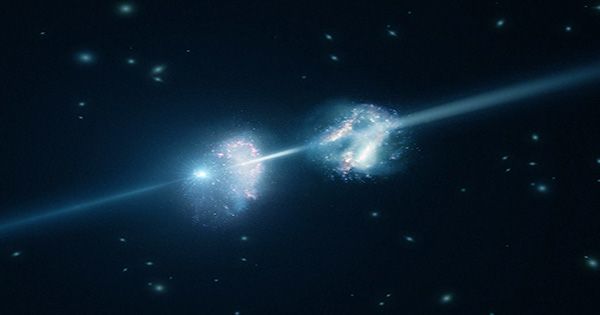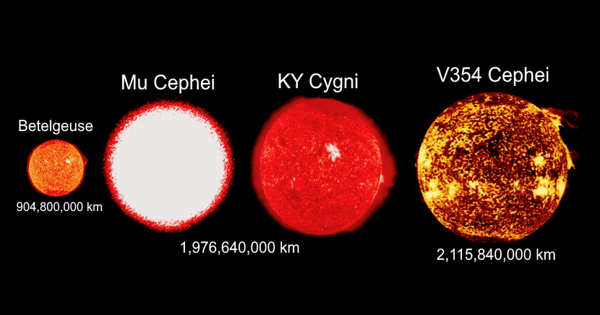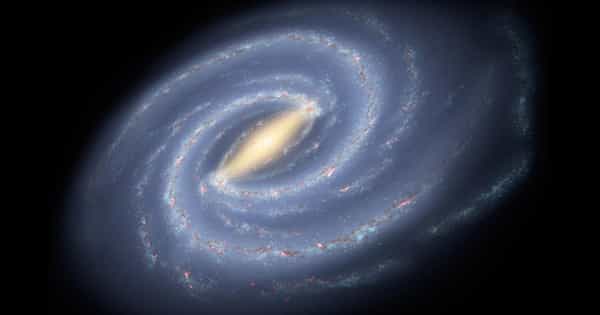Kepler-51 is a Sun-like star that is just about 500 million years old. It is a 500-million-year-old G-type star located 2,615 light-years away in the constellation Cygnus. According to new Hubble Space Telescope studies, Kepler-51 is home to three of the lowest density exoplanets known to date. It is orbited by three super-puff planets, Kepler-51b, c, and d, which have the lowest known densities of any exoplanet.
The Kepler spacecraft has discovered Kepler-51 d. The investigation of transit timing changes calculated its mass, showing that it is an extremely low-density planet. The planets are all Jupiter-sized yet only a few times the mass of Earth. These planets, with densities less than 0.1 g/cm3, have atmospheric scale heights ten times that of a typical hot Jupiter exoplanet. These planets, found by NASA’s Kepler satellite observatory, are relatively rare in our Milky Way Galaxy, with fewer than 15 detected so far.

The star Kepler-51 islocated about 2615.0 light-years (801.8 pc) away from our Solar System. It has apparent magnitude of 15.0, with absolute magnitude of 5.5. It is 1.0 times more massive and 0.9 times bigger compared with our Sun. The surface temperature is 6018 with its spectral types of G0.
Number of Extrasolar Planets: 3
- Name of the 1 Planet Kepler-51 b radius 0.633000 mass 0.007000 orbital distance 0.251400
- Name of the 2 Planet Kepler-51 c radius 0.803000 mass 0.013000 orbital distance 0.384000
- Name of the 3 Planet Kepler-51 d radius 0.865000 mass 0.024000 orbital distance 0.509000.
These planets are all about the size of Jupiter, but only a fraction of its mass. According to fresh Hubble Space Telescope findings, the planets have a very low density, similar to that of Styrofoam rather than rock or water. The planets could have formed considerably further away from their star and then migrated inward. Their inflated hydrogen/helium atmospheres are now leaking into space. Much smaller planets may eventually be left behind. The backdrop starfield is accurately drawn as it would appear if we looked back at our Sun from Kepler 51, which is approximately 2,600 light-years away along our galaxy’s Orion spiral arm. The Sun, however, is too dim to be seen in this simulated naked-eye perspective.
















